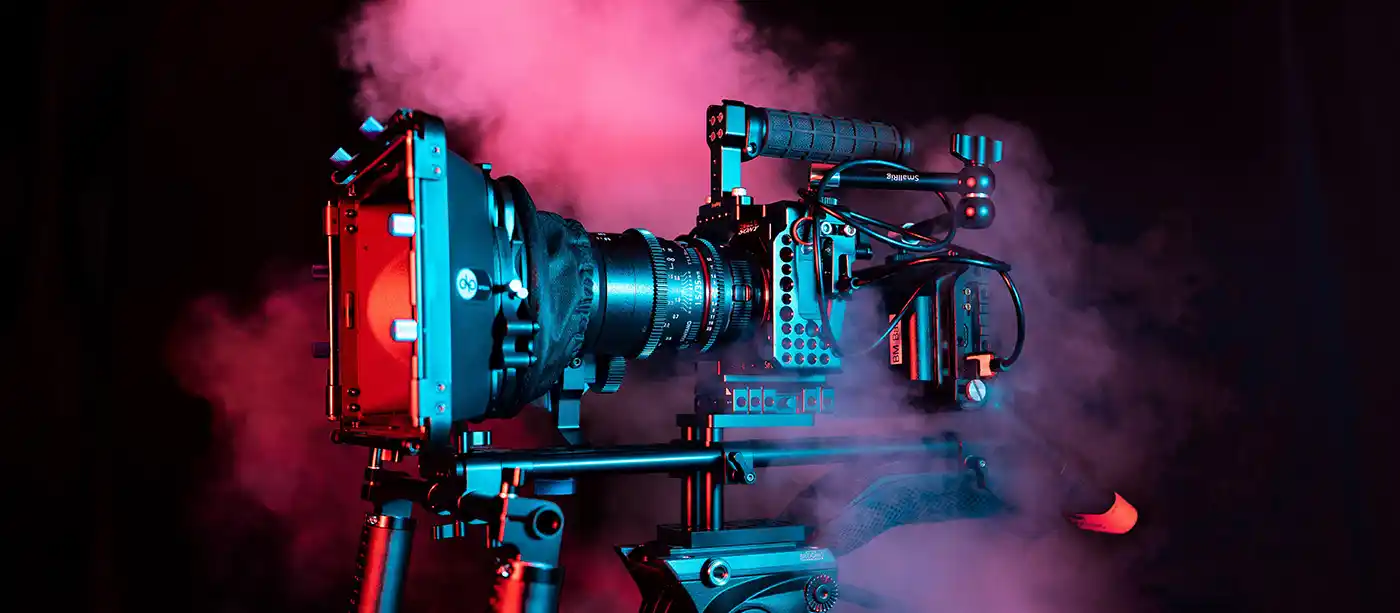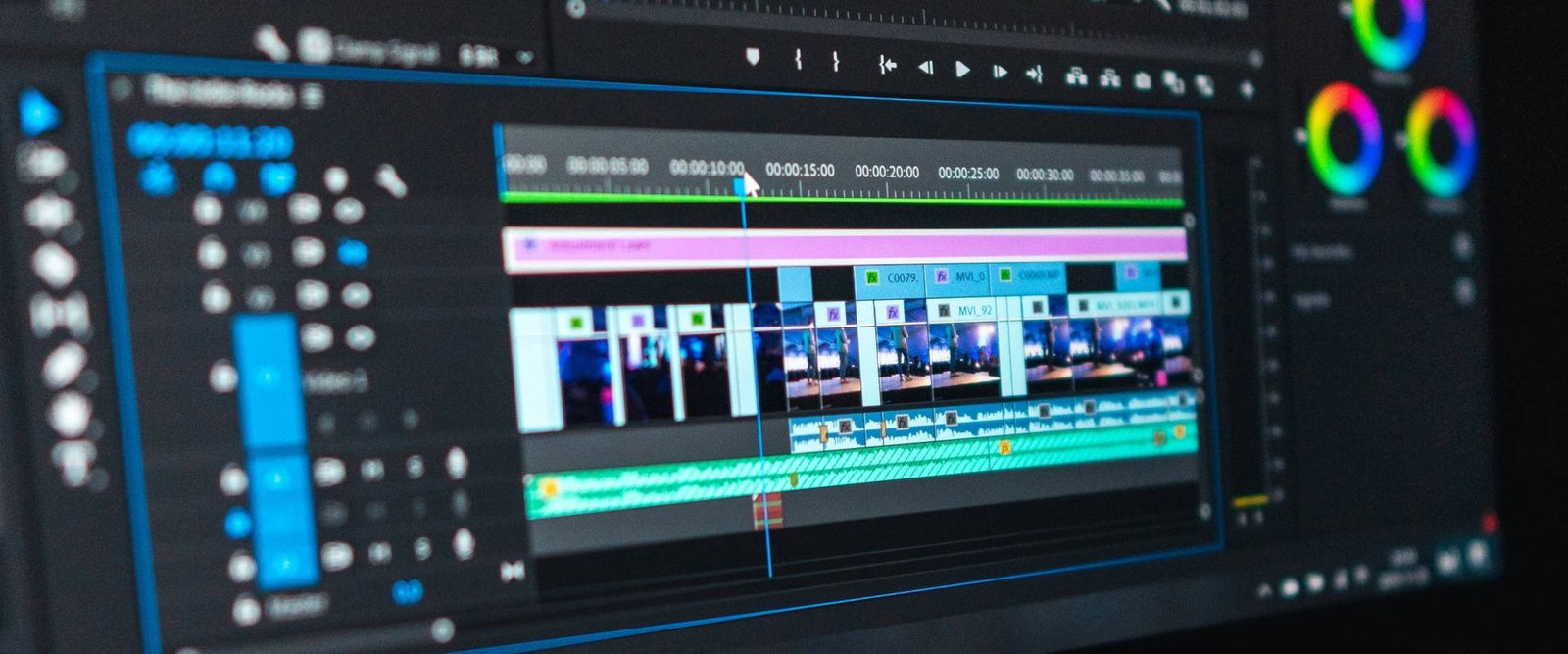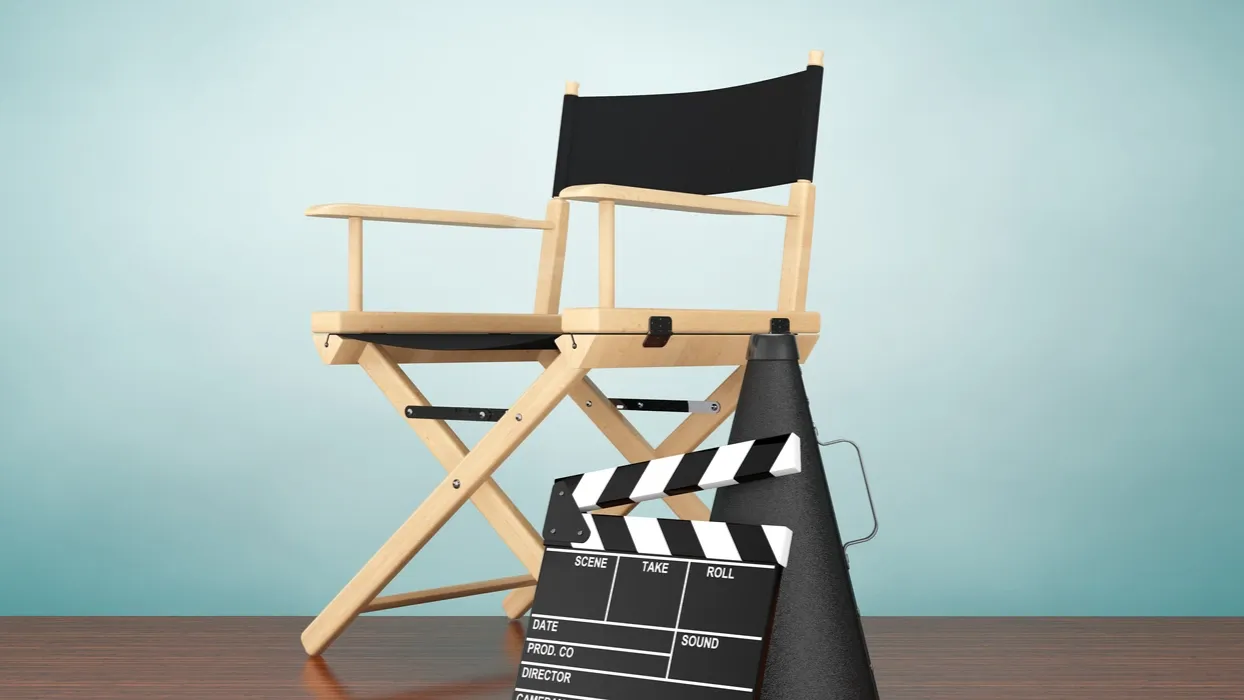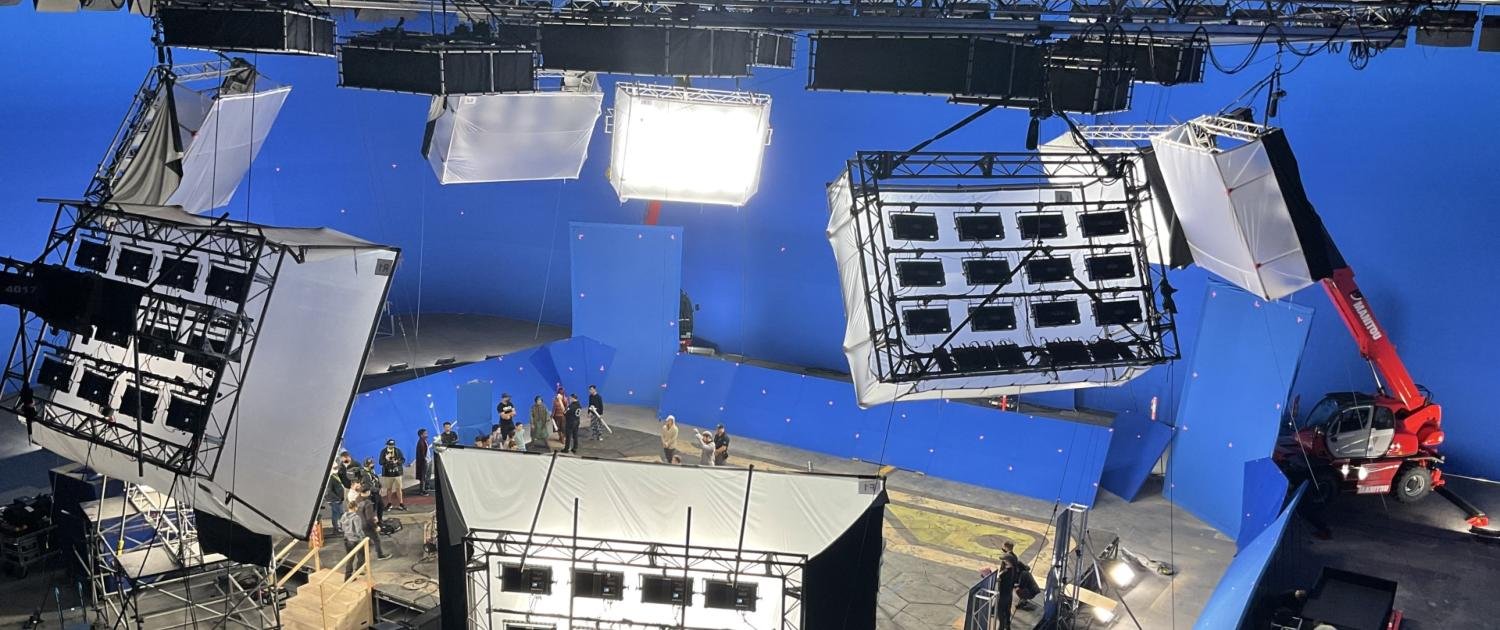Cinematography is the art and science of capturing visual storytelling on film. It involves everything from choosing the right camera angles and lighting to manipulating movement and composition, all to create an immersive viewing experience. Often described as "painting with light," cinematography is a powerful tool that goes beyond mere technicality—it’s the essence of visual storytelling, evoking emotions, setting moods, and bringing stories to life.
In this blog, we'll delve into the art of cinematography, explore its key elements, and look at how it influences the world of film.
What is Cinematography?
Cinematography is the process of capturing moving images on film or digital formats, guided by the artistic and technical choices that shape the look, feel, and mood of each shot. The cinematographer, or Director of Photography (DP), collaborates closely with the director to bring the vision of the story to life. They make decisions about lighting, framing, camera movement, color, and lenses to achieve the desired aesthetic and emotional impact.
The Role of the Cinematographer
The cinematographer’s role is to interpret the director’s vision and translate it into visual imagery that tells the story. This requires a combination of technical expertise, artistic insight, and creative problem-solving. Cinematographers are responsible for crafting the visual language of a film, which involves balancing the story's tone with the practical aspects of shooting. They play a crucial part in pre-production (planning shots and selecting equipment), on-set (overseeing the camera crew and lighting), and post-production (adjusting colors and ensuring visual consistency).
Key Elements of Cinematography
Camera Angles and Framing
The choice of angle and framing affects how we perceive characters, objects, and scenes. Low angles can make subjects appear powerful or intimidating, while high angles can make them seem vulnerable. Framing techniques like close-ups emphasize emotion, while wide shots provide context and setting. The cinematographer uses angles and framing to guide the viewer's attention and emphasize certain story elements.Composition and the Rule of Thirds
Composition refers to the arrangement of elements within a shot. The rule of thirds, one of the most popular composition techniques, divides the frame into nine equal parts, with key elements positioned along these lines or intersections for a balanced and visually pleasing look. Other techniques, like leading lines, symmetry, and depth, help enhance the narrative and draw the viewer's eye to important details.Lighting
Lighting is one of the most important aspects of cinematography. Different lighting setups create different moods and atmospheres. High-key lighting, with its bright and even tones, can give a sense of happiness or openness, while low-key lighting, characterized by shadows and contrast, is often used to build suspense or mystery. A cinematographer uses lighting to control tone, create texture, and enhance the emotional depth of a scene.Camera Movement
The way a camera moves in a scene can affect the viewer's immersion and emotional response. Panning, tilting, tracking, and dolly shots create dynamic effects, while handheld shots give a sense of immediacy and intimacy. Conversely, static shots are useful for creating tension or focusing attention. Camera movement can also reflect a character's perspective or mirror their emotions, helping to pull the audience deeper into the story.Color and Color Grading
Color is an emotional tool in cinematography. Certain colors evoke specific moods: blue can convey sadness or coldness, red can suggest passion or danger, and green can indicate mystery or eeriness. Color grading in post-production enhances these effects, ensuring consistency and emphasizing certain colors to match the story’s tone. For instance, warm colors can create a nostalgic feel, while desaturated colors might suggest bleakness or realism.Depth of Field and Focus
Depth of field refers to the range of focus within a shot. A shallow depth of field keeps only a small part of the image in focus, often used to draw attention to specific details, while a deep depth of field keeps everything in the frame clear, providing more context. Rack focus—changing the focus within a shot—can direct the viewer's eye, enhancing emotional impact or revealing new information.Aspect Ratio
Aspect ratio is the width-to-height ratio of the frame and influences how a scene is perceived. Widescreen ratios, like 2.35:1, are often used for epic, cinematic scenes, while 4:3 can create a more intimate, vintage feel. The aspect ratio is an aesthetic choice that can subtly impact the audience’s perception of scale and space within the story.
The Cinematographer’s Toolkit
Cinematographers use a range of tools and equipment to bring their vision to life:
- Cameras: From classic film cameras to modern digital systems, the choice of camera affects the texture and style of the final product.
- Lenses: Lenses shape how a scene is captured, with wide-angle lenses emphasizing distance and space, while telephoto lenses compress and isolate subjects.
- Drones and Stabilizers: Drones allow for aerial shots that were once only possible with helicopters, while stabilizers enable smooth motion shots without camera shake.
- Filters and Diffusers: These tools help control lighting, manage reflections, and soften the image.
- Editing Software: Programs like DaVinci Resolve and Adobe Premiere Pro are used for color grading, enhancing the visual style, and ensuring consistency throughout the film.
Cinematography Techniques That Define Iconic Films
The Long Take
Films like Birdman and 1917 utilize the long take—a single, continuous shot that keeps the camera rolling without cuts—to create tension and a sense of real-time unfolding. This technique requires meticulous choreography but rewards viewers with an immersive experience.Chiaroscuro Lighting
Inspired by Renaissance painting, chiaroscuro uses sharp contrasts between light and dark. Films like The Godfather and Sin City utilize this technique to create dramatic tension and emphasize character depth.Symmetry and Center Framing
Wes Anderson’s films are known for their symmetrical compositions and center framing, which create a unique, whimsical visual style. This technique adds a sense of order and often mirrors the peculiar nature of Anderson’s characters and stories.Handheld and Documentary-Style Shots
To create a raw, immediate feel, many filmmakers use handheld cameras, as seen in The Blair Witch Project and Saving Private Ryan. This technique blurs the line between fiction and reality, drawing the viewer into the scene.Use of Natural Light
Cinematographers like Emmanuel Lubezki often work with natural light to create realistic and immersive scenes, as seen in The Revenant. Natural light can enhance authenticity and create a visceral, unpolished look.
Tips for Aspiring Cinematographers
Study Classic Films and Cinematic Styles
Watch films with a critical eye, focusing on how camera angles, lighting, and composition contribute to storytelling. Analyze the work of master cinematographers to understand the nuances of different styles.Experiment with Different Equipment
Test various cameras, lenses, and lighting setups. Understanding how each tool affects the final image will help you make informed choices on set.Learn Lighting Fundamentals
Lighting is crucial to creating mood and atmosphere. Experiment with different light sources and setups to learn how to manipulate shadows and highlights for different effects.Practice Shot Composition
Frame and reframe shots to understand composition basics. Simple changes in angle or positioning can dramatically alter a shot's impact.Collaborate and Seek Feedback
Work with other filmmakers, take on different roles in projects, and seek feedback from peers. Collaboration is key to growth, and constructive criticism can help you refine your style.
Conclusion
Cinematography is the bridge between visual art and storytelling, requiring both technical skill and creative vision. By thoughtfully combining elements like lighting, camera movement, and composition, a cinematographer can transform a script into a visual journey that resonates with audiences. Whether you’re just starting out or already honing your craft, remember that cinematography is ultimately about communicating a story visually—so experiment, practice, and let your unique perspective shine through the lens.





